Photos by Jenna Zaza
Imagine you are walking down Broadway one morning in late September when you suddenly see a picture of Leonardo DaVinci’s “Salvator Mundi” pasted on the front of a building, staring at you. It’s advertising a private collection opening September 2022, featuring world-renowned artists. At the entrance, there’s a sign reading “Closed for Installation.” You make a mental note to come back when the museum officially opens. Suddenly, someone opens the door and invites you in.
Upon entering the New or Traditional Art Museum (NOTaMUSEUM), there are various cleaning supplies tucked in the corner and hard hats hanging on the wall. As I surveyed the scene, I wondered if the person at the door mistook me for a curator. Another person welcomed me in, and they encouraged me to venture beyond the plastic curtain. Baffled, I hesitantly stepped through the curtain onto the exhibition floor.
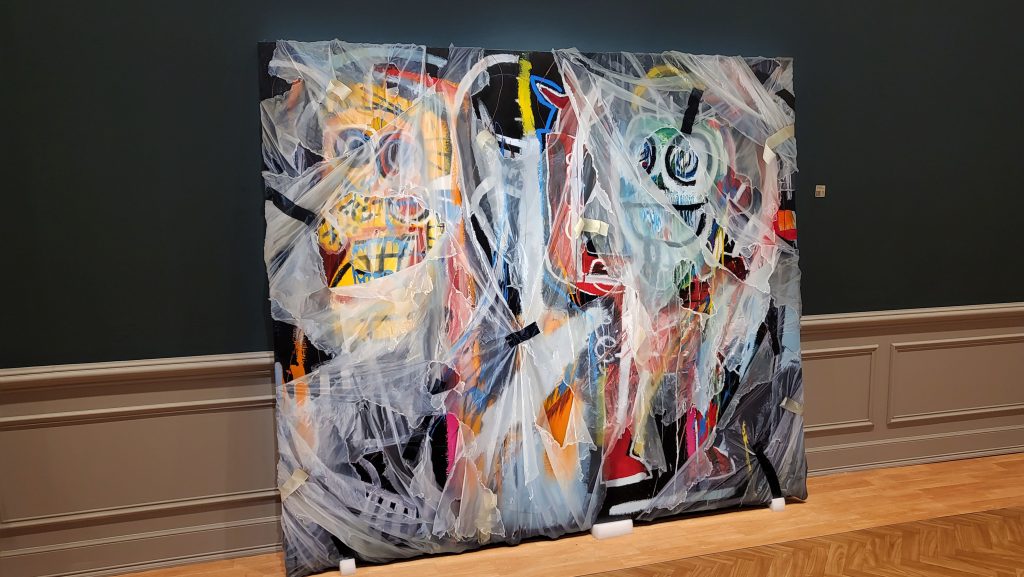
To my surprise, there were other people admiring the intricate artworks. They were still nestled in plastics and bubble wraps, and they leaned against the wall and on top of crates.
Artist Robin Eley and creative director David Korins set out to create this fictitious museum, where 18 of the most valuable privately held or lost artworks are covered in painted plastic and bubble wrap. They wanted to illuminate the inaccessibility of these pieces.
“Metaphorically and symbolically, the plastic is a representation of that separation between the art and the viewer, and also between the artist’s intentions and the way that the work is interpreted and used today,” Eley said.
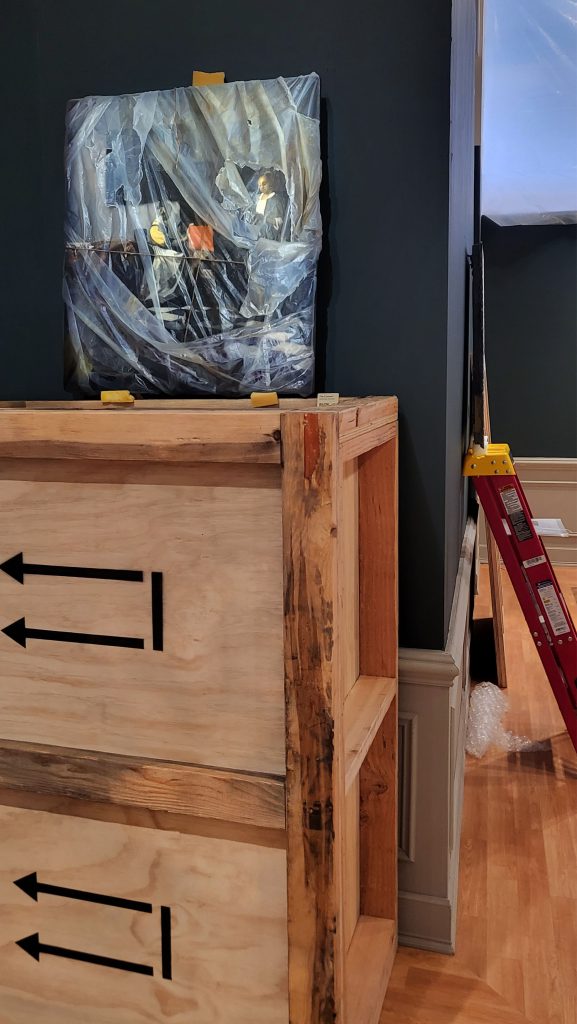
The exhibition, which lasted from Sept. 17-25, featured recreations of notable masterpieces such as Edvard Munch’s “The Scream,” Andy Warhol’s “Turquoise Marilyn,” Jean-Michel Basquiat’s “Dustheads” and Alberto Giacometti’s “L’Homme au Doigt.” The monetary value of these pieces ranges from $5 million to $450.3 million, and the average cost of the original artworks is about $116.6 million.
“It’s about those particular cultural, economic and political forces that conspired to make these works unattainable,” Eley explained. “And yet you arrive here and you can almost attain them but they are still unattainable because they’re still packaged.”
At first glance, the vinyl covering on “Dustheads” is real. The vinyl extended beyond the canvas, and it appeared that a simple undoing of the painter’s tape would unveil the piece.
“Everything is artifice, intentionally so, on closer inspection everything starts to crumble and fall apart,” Eley explained.
The viewer is confronted with the reality that everything is painted.
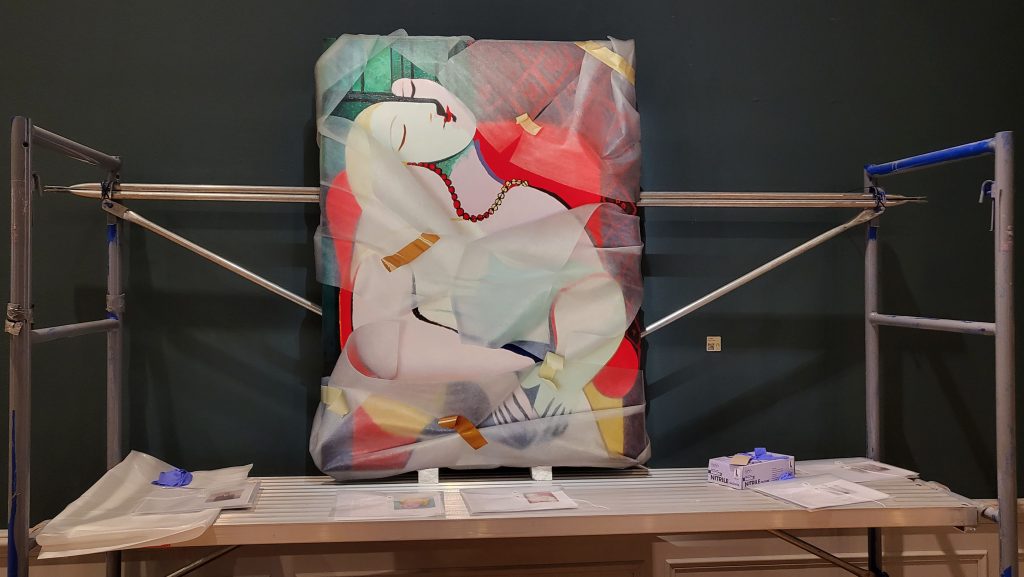
“I want the first impression to be, ‘This is real,’ and then I want as the exploration continues you start to realize that it is fake,” said Eley.
The originality of the exhibition stood out to Miguel Brotons, who found out about it through TikTok. “To be honest, [I’m] a little mind blown,” Brotons said. “I’m really impressed by all the different textures of the packaging materials. I haven’t seen anything like that.”
Eley implored the audience to begin to question their greater role in ensuring that art remains accessible to the public.
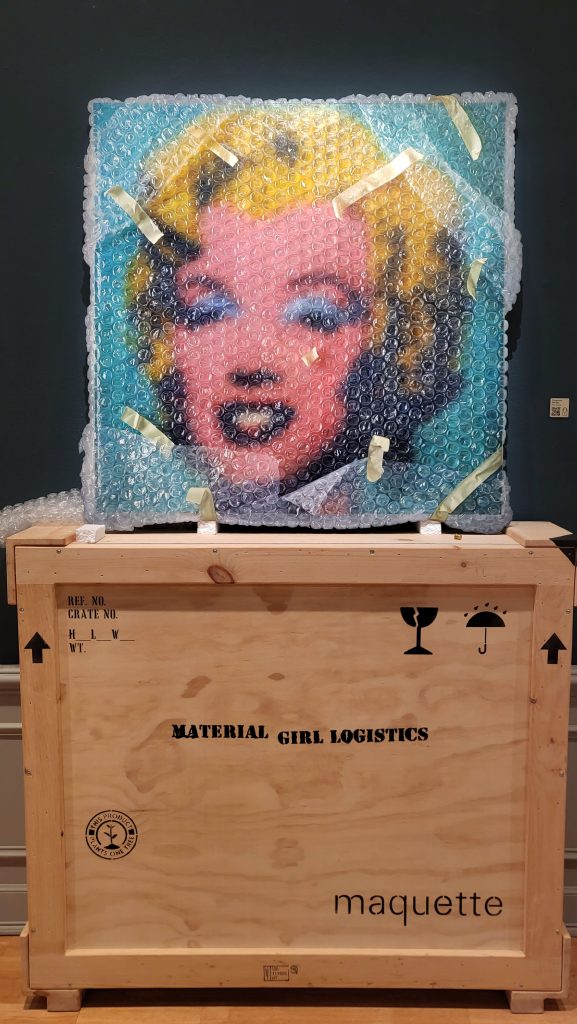
Mariana Espinoza, who follows Eley on Instagram, was excited to see the exhibition.
“His take on [these famous works] is so different, and that’s what stands out to me,” Espinoza explained. “Paintings are usually very elevated and not public, they are either in these giant museums or private collections and [Eley] makes [them] much more accessible to everyday people.”
Eley believes that when art is easily consumable online, the artist’s original intention is lost. However, the pieces remain famous and obscenely expensive. Museums cannot afford to purchase them for their collections anymore. As these works drift into the hands of private collectors, they are stolen from the public eye and lost to history.
“We can’t see the private collection because it’s covered up, but we can see a tiny bit,” Raine Jiang, a modern art student, said. “We will never see these paintings in a finished exhibition. I think it’s really interesting.”
Missed the exhibit? You still can virtually tour the collection here!


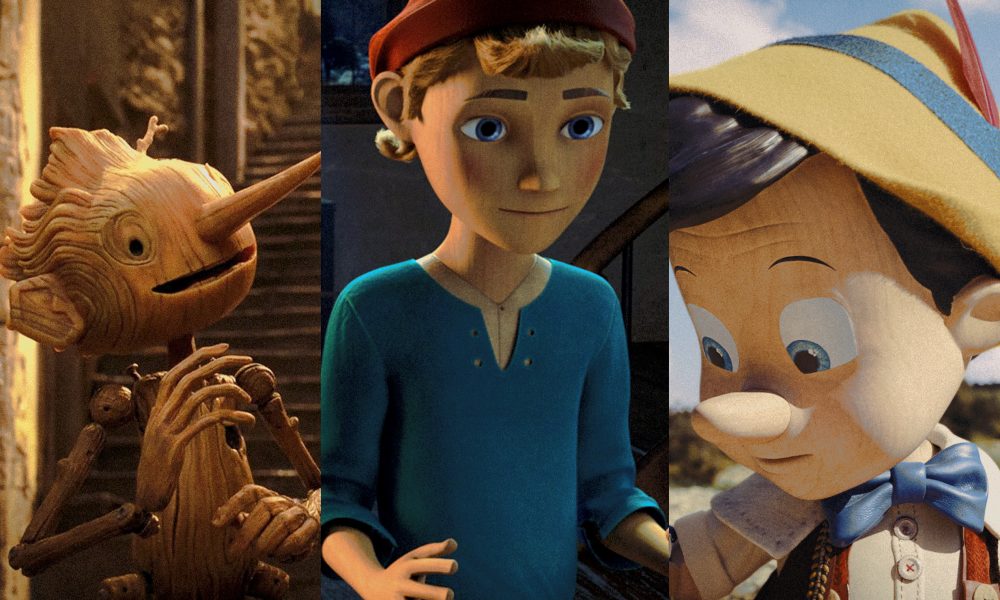
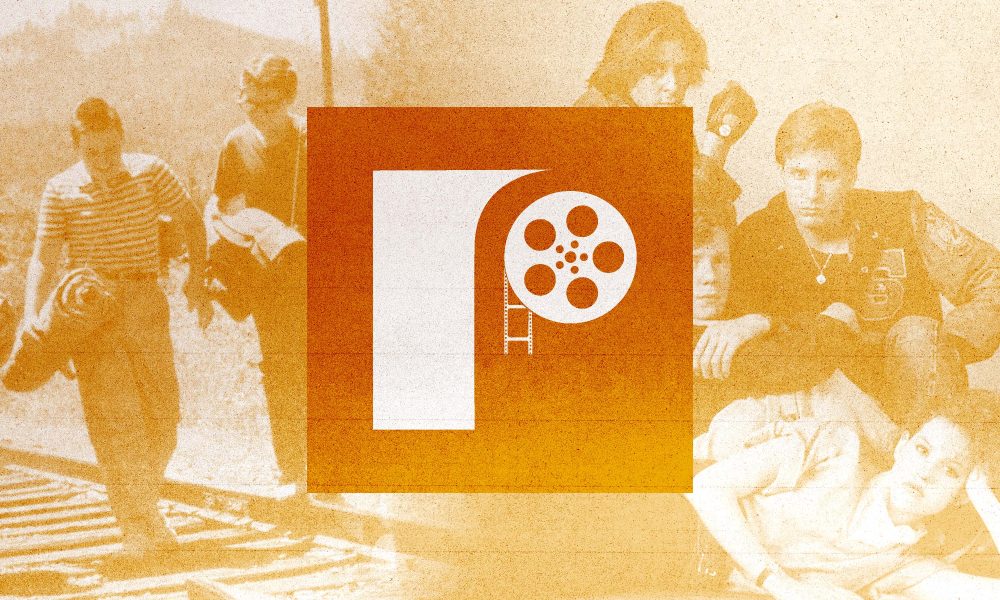
Comments are closed.